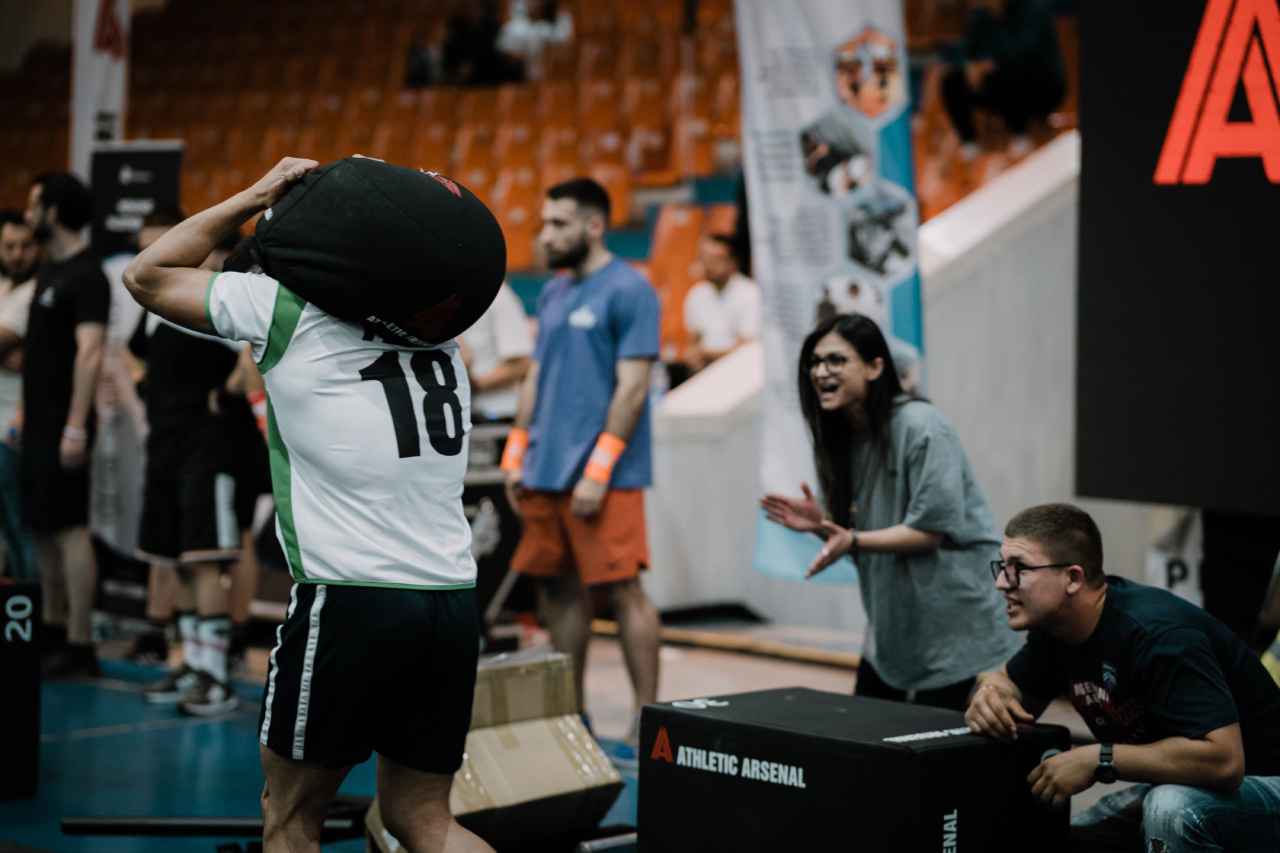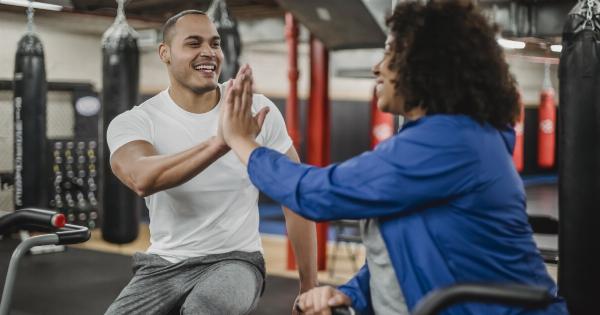Gymnastics is a physically demanding sport that requires strength, flexibility, agility, and coordination. It is an excellent way to improve overall fitness and develop essential skills such as balance, coordination, and body control.
While gymnastics training typically follows a structured program, customized exercises can be beneficial for individuals looking to focus on specific areas or address specific needs. In this article, we will explore the concept of customized gymnastics exercises and their benefits.
The Importance of Customized Gymnastics Exercises
Every gymnast is unique in terms of their abilities, goals, and areas that require improvement. Customized gymnastics exercises allow athletes to tailor their training specifically to their needs, maximizing their potential for growth and progress.
Here are a few reasons why customized exercises are essential:.
1. Addressing Weaknesses
Customized exercises are ideal for targeting specific weaknesses. Whether it be a lack of upper body strength, poor flexibility, or difficulty with certain skills, personalized routines can focus on improving these areas.
By identifying and addressing weaknesses, gymnasts can work towards a more well-rounded skillset.
2. Injury Prevention
Gymnastics is a physically demanding sport that puts stress on various parts of the body. By incorporating customized exercises, gymnasts can strengthen muscles and joints, reducing the risk of injuries.
Customized routines can also include injury-specific exercises for those recovering from injuries and looking to regain strength and flexibility.
3. Skill Progression
Customized exercises can aid in skill progression by breaking down complex movements into smaller, more manageable components. This allows gymnasts to focus on specific aspects of a skill, gradually building up to the full movement.
By mastering the fundamentals and gradually increasing difficulty, athletes can progress more effectively.
4. Individual Goals and Aspirations
Each gymnast has their own unique goals and aspirations within the sport.
Whether it’s competing at a high level, excelling in a particular apparatus, or simply improving overall fitness, customized gymnastics exercises can be tailored to align with these individual goals. This personalized approach helps maintain motivation and drive towards achieving desired outcomes.
Commonly Customized Gymnastics Exercises
While every gymnast’s customization needs will vary, here are a few commonly customized gymnastics exercises:.
1. Strength Training
Strength training exercises are often customized based on the specific needs of gymnasts.
This may include exercises targeting the upper body, such as pull-ups and push-ups, to improve upper body strength needed for various skills like handstands and bars routines. Lower body exercises like squats and lunges can help build lower body strength required for jumps and landings.
2. Flexibility Exercises
Flexibility plays a key role in gymnastics, and customized exercises can focus on improving specific areas of flexibility.
For example, gymnasts who struggle with splits can have personalized stretching routines that target their hip flexors and hamstrings. Likewise, those looking to improve shoulder flexibility can incorporate exercises like shoulder stretches and mobility drills.
3. Balance Training
Balance is a fundamental aspect of gymnastics, and customized exercises can help gymnasts improve their stability and control.
These exercises can involve activities like balancing on one leg, practicing beam routines, or using balance boards or stability balls to challenge and develop core strength and balance.
4. Skill-Specific Drills
Each gymnastics apparatus requires specific skills, and customizing exercises to focus on mastering those skills is crucial.
For instance, if a gymnast is struggling with a specific skill on the uneven bars, they can incorporate drills that isolate and strengthen the muscles needed for that particular skill. This targeted approach aids in skill development and overall performance enhancement.
Creating a Customized Gymnastics Exercise Program
Customizing a gymnastics exercise program involves understanding individual needs, limitations, and goals. Here are a few steps to follow when creating a customized gymnastics exercise program:.
1. Assess Strengths and Weaknesses
Begin by evaluating the gymnast’s current strengths and weaknesses. This can be done through discussions, observations, or working with a qualified gymnastics coach.
Identifying areas for improvement helps establish the foundation for customization.
2. Establish Goals
Work with the gymnast to determine their short-term and long-term goals. This could include improving specific skills, increasing flexibility, or enhancing overall performance.
Knowing the desired outcomes helps in designing a customized exercise routine that aligns with these aspirations.
3. Consult with Professionals
If required, consult with gymnastics coaches, trainers, or sports medicine professionals to gather expert advice and recommendations.
These professionals can help identify areas of improvement and suggest exercises or modifications that cater to individual needs.
4. Develop a Tailored Plan
Based on the assessment, goals, and professional input, develop a customized exercise plan. This plan should include a variety of exercises targeting different areas of improvement, such as strength, flexibility, balance, and skill-specific drills.
It’s important to consider the gymnast’s current skill level and gradually progress the difficulty and intensity of exercises.
5. Monitor Progress and Make Adjustments
Regularly monitor the gymnast’s progress to determine the effectiveness of the customized exercise plan. Adjustments may be required as they develop and improve.
Reassess strengths, weaknesses, and goals periodically to ensure the exercise program continues to meet evolving needs.
Conclusion
Customized gymnastics exercises offer numerous benefits for gymnasts of all levels.
Whether it’s to address weaknesses, prevent injuries, aid skill progression, or align with individual goals, customization plays a vital role in optimizing training outcomes. By tailoring exercises to meet specific needs, gymnasts can improve their overall performance and achieve desired results.




























